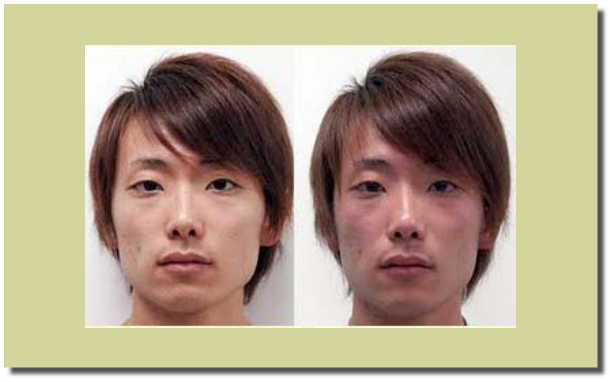Chinese Are New Wine Market...Except
Not a week passes without an enthusiastic article in the wine press on the potential wine market in China. The
opportunity to sell American wine to China’s newly affluent consumers is substantial, but there is one hitch that
has not been publicized: the Oriental Flushing Syndrome.
25%-50% (the figure is variously reported in the medical literature) of Chinese suffer from the Oriental Flushing
Syndrome (Red-Face Syndrome or Asian Glow). Hundreds of millions of Chinese have a mutation in the gene
for aldehyde dehydrogenase-2 isoenzyme, ALDH2, needed to metabolize ingested alcohol. This mutation is
rare outside of East Asian populations, except in the Polynesian people. Two enzymes in the liver sequentially
metabolize ingested alcohol: first, alcohol dehydrogenase (ADH) converts alcohol to acetaldehyde and second,
aldehyde dehydrogenase (ALDH) degrades acetaldehyde to carboxylic acids which then leave the liver and are
metabolized by muscle and heart tissue in the body. Acetaldehyde is similar to formaldehyde and is very toxic
and carcinogenic. Carboxylic acids such as acetic acid are harmless.
ALDH2 is crucial to maintaining low blood levels of acetaldehyde during ingestion of alcohol. High levels of
acetaldehyde, which can be reached quickly with small amounts of alcohol ingestion in susceptible Chinese,
cause facial and body flushing, heart palpitations, reduced blood pressure, nausea, headache, drowsiness, and
the symptoms associated with a hangover. Also known as Asian Flush, this is often a source of
embarrassment, and coupled with the unpleasantness, deters sufferers from drinking wine.
The Chinese with the ALDH2 mutation are at significantly higher risk for esophageal and oropharyngolaryngeal
cancers. Acetaldehyde, which has been shown to be carcinogenic in laboratory animals, is produced in saliva
when drinking alcohol. The Chinese who are homozygous for the ALDH2 mutation have almost no ALDH
activity and are at greatest risk for cancer. Those that are heterozygous have reduced activity, but this group
can develop a tolerance to the adverse effects of acetaldehyde making them also at high risk for esophageal or
oropharyngolaryngeal cancers. In addition, a large percentage of Chinese smoke cigarettes which compounds
the risk. Cigarette smoking increases acetaldehyde levels in saliva and those with ALDH2 deficiency cannot
clear salivary acetaldehyde properly.
So, although the potential market for wine sales among China’s newly affluent consumers is large, up to half
the population who suffer from the Oriental Flushing Syndrome will be unable or unwilling to drink wine. The
avoidance of wine for health reasons makes this imperative.



